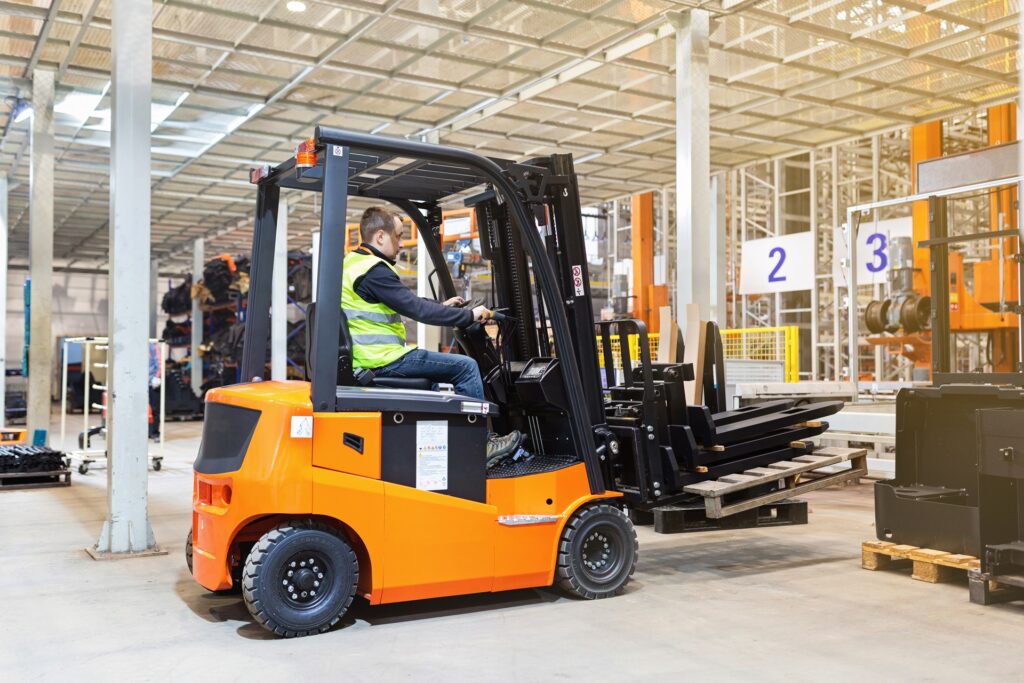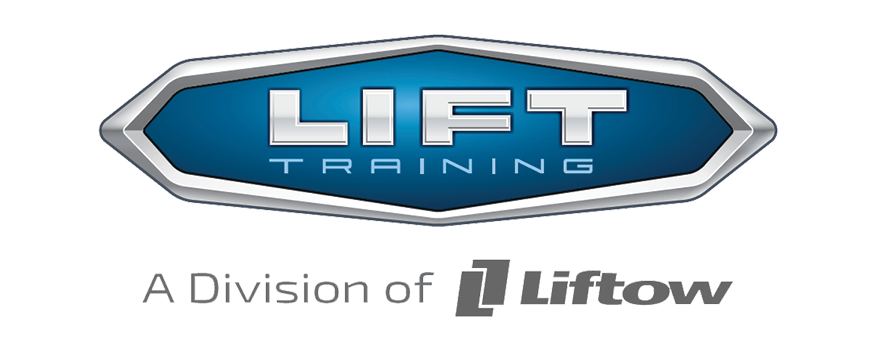
Safety in warehouses is crucial due to the various risks and hazards present in these environments. One of the most important factors in maintaining a safe warehouse is proper training for forklift operators. Sit-down forklift training plays a significant role in reducing accidents and enhancing overall safety.
Operating a forklift requires skill and understanding of safety procedures. Without proper training, the risk of accidents, injuries, and even fatalities increases. Sit-down forklift training ensures that operators know how to handle the equipment safely and efficiently, protecting both themselves and their coworkers.
A well-trained forklift operator can significantly improve the safety and productivity of a warehouse. This training helps operators understand how to navigate the work environment safely, handle loads properly, and respond to potential hazards. Investing in comprehensive sit-down forklift training can create a safer workplace and prevent costly accidents.
In the following sections, we will explore the importance of sit-down forklift training, identify key elements of effective training, discuss the benefits of proper training, and outline steps to implement a robust training program.
Importance of Sit-Down Forklift Training
Sit-down forklift training is fundamental for ensuring the safety and efficiency of warehouse operations. Forklifts are powerful pieces of equipment, and without proper training, operators can inadvertently cause accidents that result in injuries or damage to goods and property. A formal training program helps operators understand the complexities of the machinery and the correct operating procedures.
Effective forklift training reduces the risk of workplace accidents. Trained operators are less likely to engage in unsafe practices, such as speeding or improper handling of loads. This not only protects the operators themselves but also everyone working in the vicinity. Fewer accidents mean less downtime and lower costs related to workplace injuries.
Moreover, sit-down forklift training enhances productivity. Well-trained operators can handle the equipment more efficiently, leading to faster and more accurate movement of goods. This improved efficiency contributes to smoother warehouse operations and can increase overall productivity. By investing in sit-down forklift training, we can support both safety and operational efficiency in our warehouses.
Key Elements of Effective Forklift Training
A comprehensive forklift training program should cover several crucial components to ensure operators are well-prepared to handle the equipment safely and efficiently. The following are key elements that should be included in any effective sit-down forklift training course:
1. Safety Regulations: Understanding workplace safety rules and regulations is vital. Training should cover both general workplace safety and specific regulations related to forklift operation.
2. Equipment Familiarization: Operators need to be familiar with the sit-down forklift, including its controls, features, and maintenance requirements. This knowledge helps them operate the equipment safely and effectively.
3. Operating Procedures: Training should include detailed instructions on starting, stopping, and maneuvering the forklift. Operators should learn how to handle loads correctly, including picking up, transporting, and setting down materials safely.
4. Hazard Identification: Recognizing potential hazards in the workplace, such as uneven surfaces or obstacles, is essential for preventing accidents. Training should teach operators how to navigate and mitigate these risks.
5. Emergency Procedures: Operators must know how to respond to emergencies, such as accidents or equipment malfunctions. This includes knowing the location of emergency exits and first-aid kits, as well as how to report incidents.
6. Practical Training: Hands-on practice under the supervision of an experienced trainer is crucial. This allows operators to apply what they’ve learned in a controlled environment and receive immediate feedback.
By including these elements in a sit-down forklift training program, we ensure that operators are fully equipped with the skills and knowledge needed to perform their tasks safely and efficiently.
Benefits of Proper Forklift Training
Proper forklift training offers numerous benefits that directly impact the safety and efficiency of warehouse operations. One of the primary benefits is a significant reduction in accidents and injuries. Trained operators are less likely to make mistakes that could lead to collisions or improper handling of materials. This focus on safety creates a healthier work environment, reduces downtime from injuries, and lowers associated costs.
Efficiency is another major benefit of proper forklift training. Skilled operators can perform their duties more quickly and with greater precision. This increase in efficiency leads to smoother workflow and faster turnaround times, ultimately boosting productivity. Additionally, trained operators can better maintain the equipment, reducing the need for repairs and extending the lifespan of the forklifts.
Finally, proper training ensures compliance with legal and regulatory requirements. Meeting these standards helps avoid penalties and fosters a culture of safety and responsibility. Overall, investing in comprehensive forklift training is beneficial for both the employees and the business, leading to a safer, more efficient, and compliant workplace.
Implementing a Robust Forklift Training Program
Creating a successful forklift training program involves several key steps. Each step should be carefully planned and executed to ensure the program effectively meets the needs of the operators and the organization.
1. Assess Training Needs: Identify the specific needs of your workplace and operators. This includes understanding the types of forklifts used, the nature of the work environment, and the skill levels of the operators.
2. Develop a Comprehensive Curriculum: Create a detailed training curriculum that includes classroom instruction, practical hands-on training, and assessment. The curriculum should cover all key elements of forklift operation, safety regulations, and emergency procedures.
3. Select Qualified Trainers: Ensure that trainers are experienced and certified to provide forklift training. They should be knowledgeable about the equipment and capable of delivering both theoretical and practical instruction effectively.
4. Schedule Training Sessions: Plan training sessions at times that minimize disruption to regular operations. Ensure that all operators attend and complete the training within a specified period.
5. Conduct Assessments: Use both written tests and practical evaluations to assess the knowledge and skills of the operators. Continuous assessment helps identify areas where additional training may be needed.
6. Provide Ongoing Training: Safety and operational procedures can change, so it’s important to provide ongoing training and refresher courses. Regular updates ensure that operators stay current with best practices and regulatory requirements.
7. Track Progress: Maintain records of all training sessions, assessments, and certifications. This helps ensure compliance and allows for easy tracking of who has been trained and when refreshers are needed.
By following these steps, we can implement a robust forklift training program that enhances safety, efficiency, and compliance within the warehouse environment.
Conclusion
Sit-down forklift training is essential for maintaining a safe and efficient warehouse. The benefits of proper training extend beyond just reducing accidents—they also enhance productivity and ensure compliance with safety regulations. By focusing on key elements such as safety regulations, operating procedures, and practical training, we can create a program that prepares operators for real-world challenges.
Effective implementation of a forklift training program involves careful planning and execution. From assessing training needs to providing ongoing education, every step is crucial for the success of the program. With a well-structured training initiative, we can foster a culture of safety and efficiency in our workplace.
At LIFT Training, we specialize in providing comprehensive forklift training programs tailored to Canadian corporate clients. Our in-person and online training options ensure that your team receives the best possible education and certification management. Contact LIFT Training today to learn how we can help boost your warehouse safety with expert forklift training solutions.
